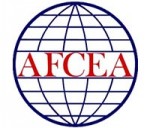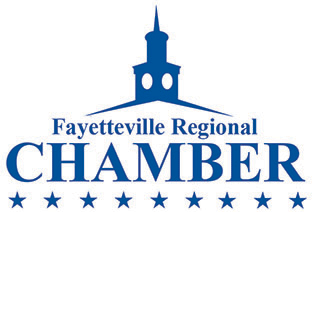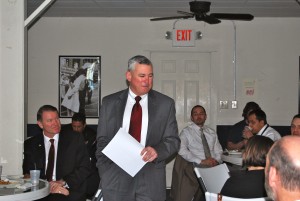Check out the latest edition of “Tip of the ‘tenna” by clicking the link below. Enjoy!
Tip of the ‘tenna - Spring 2012 Edition
Mr. William Lasher, CIO/G6 for US Army Forces Command (FORSCOM), spoke about technology as an enabler for the force at the Armed Forces Communications and Electronics Association (AFCEA) monthly luncheon at Peaden’s Seafood, Thursday, March 9.
Lasher, a former Army officer, contractor and now senior executive, detailed the role of FORSCOM in shaping the future force, discussed key areas of focus for the command moving forward, and discussed how technology will enable them to better train the force at less cost.
FORSCOM, according to Army.mil, is the Army’s largest command, and “prepares conventional forces to provide a sustained flow of trained and ready land power to Combatant Commanders in defense of the Nation at home and abroad.” Lasher iterated this is a challenging tasking, but one the command is tackling head-on. One of the challenges Lasher sees currently is equipping returning forces with the IT assets needed for time in station and in retrofit for downrange operations. To solve this challenge, Lasher and FORSCOM are looking at Army Baseline IT services or ABITS, as a way to consolidate, standardize and deploy IT services for inbound and outbound commands.
“We want to see the installation as a docking station,” Lasher said. “We want the ability to provide the soldier simplified yet robust IT services whether they are in garrison, at home or in the field,” Lasher said. He mentioned the main challenge to getting there is security and information assurance.
Lasher’s view of the future for FORSCOM and its support of the warfighter is mixed with promise and challenges, too. “As the force returns, drawdowns are sure to occur,” Lasher mentioned. “It’ll be a return to more garrison-based operations. That means our challenge to train the force in a productive way becomes even more important.” And with budgets tightening, greater scrutiny placed on contracts, commands asked to do more with less, Lasher is looking to partner with industry to help him solve many of the challenges.
“One area we’re exploring more is around live, virtual constructive gaming,” Lasher said. “Instead of packing up forces and sending them to a theater for an exercise (e.g. REFORGER), we make use of simulation-based training. This reduces costs in logistics and should amplify training time.”
Lasher also stressed to industry partners that innovation and diversification are two areas they can prepare themselves for the budget confines of a smaller Army. “The Army will get smaller and spend less,” Lasher said. “It’s important for you then, our industry partners, to help us find cost-effective, simple solutions to help FORSCOM complete the mission and help our warfighters maintain a lean-forward posture.”
The AFCEA Spring 2012 Golf Tournament was a wonderful event, thanks to all of our sponsors, participants, organizers and volunteers. We’ll be posting more about the event, including some memorable photos, so stay tuned!





